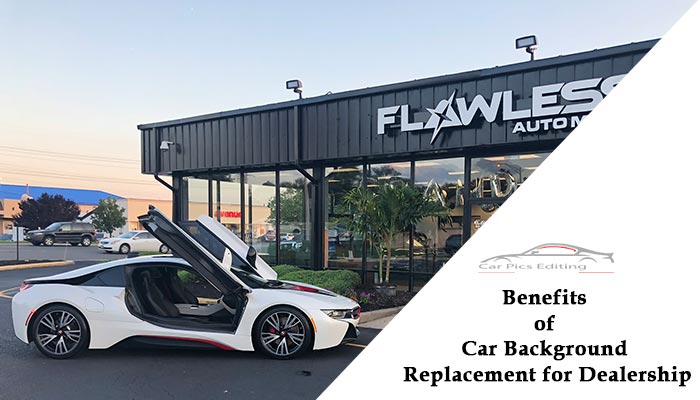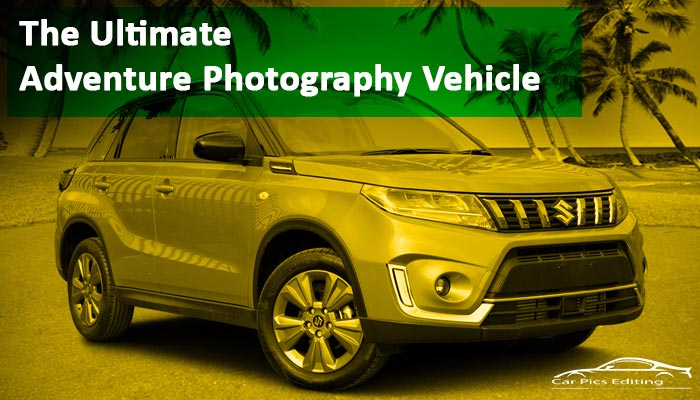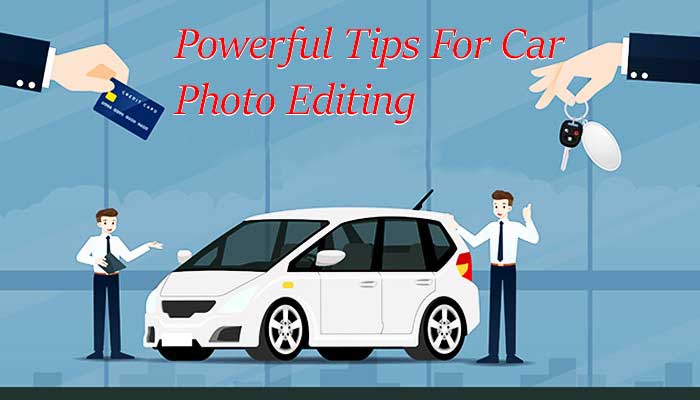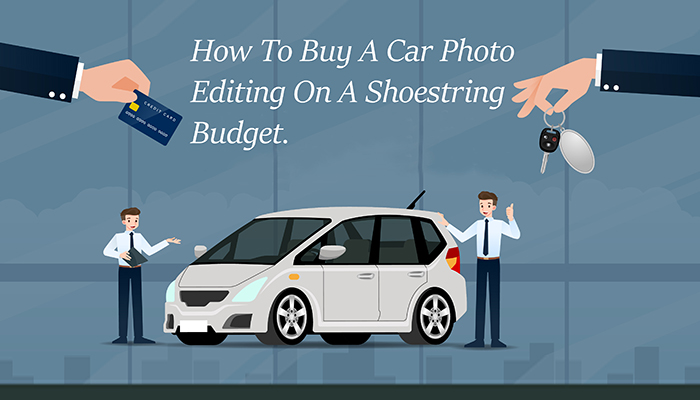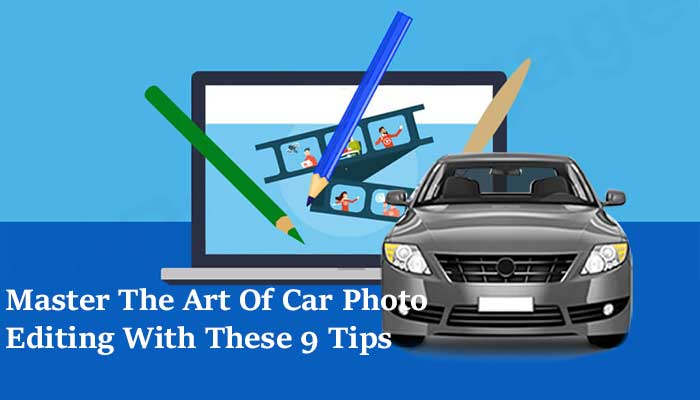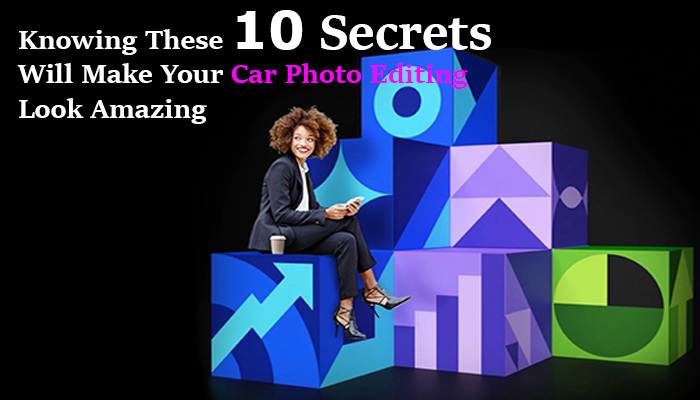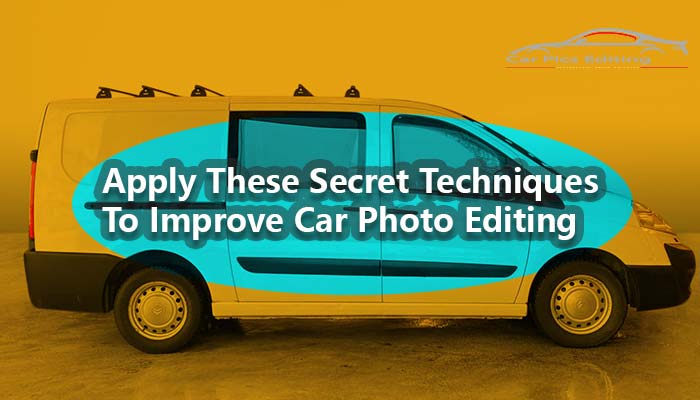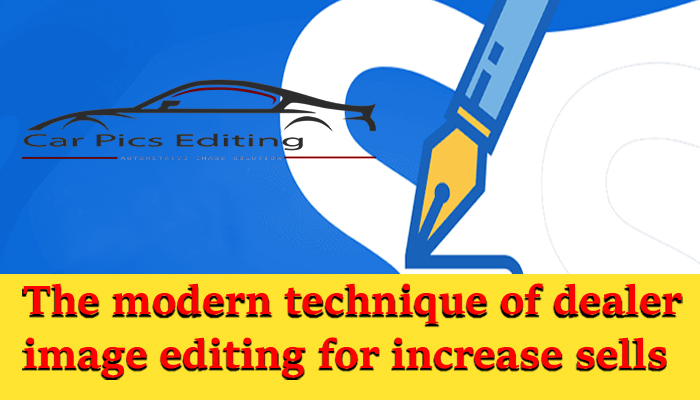Benefits of Car Background Replacement for Dealership
Vehicle Background Removal | Car BG Replacement Service Are you dealing with the car business? Or, are you looking for a car history removal service? Please try our car picture backdrop services. Our car photo editors can turn low auto images into eye-catching ones. In this new age, online business is becoming a trend, […]
Benefits of Car Background Replacement for Dealership Read More »

